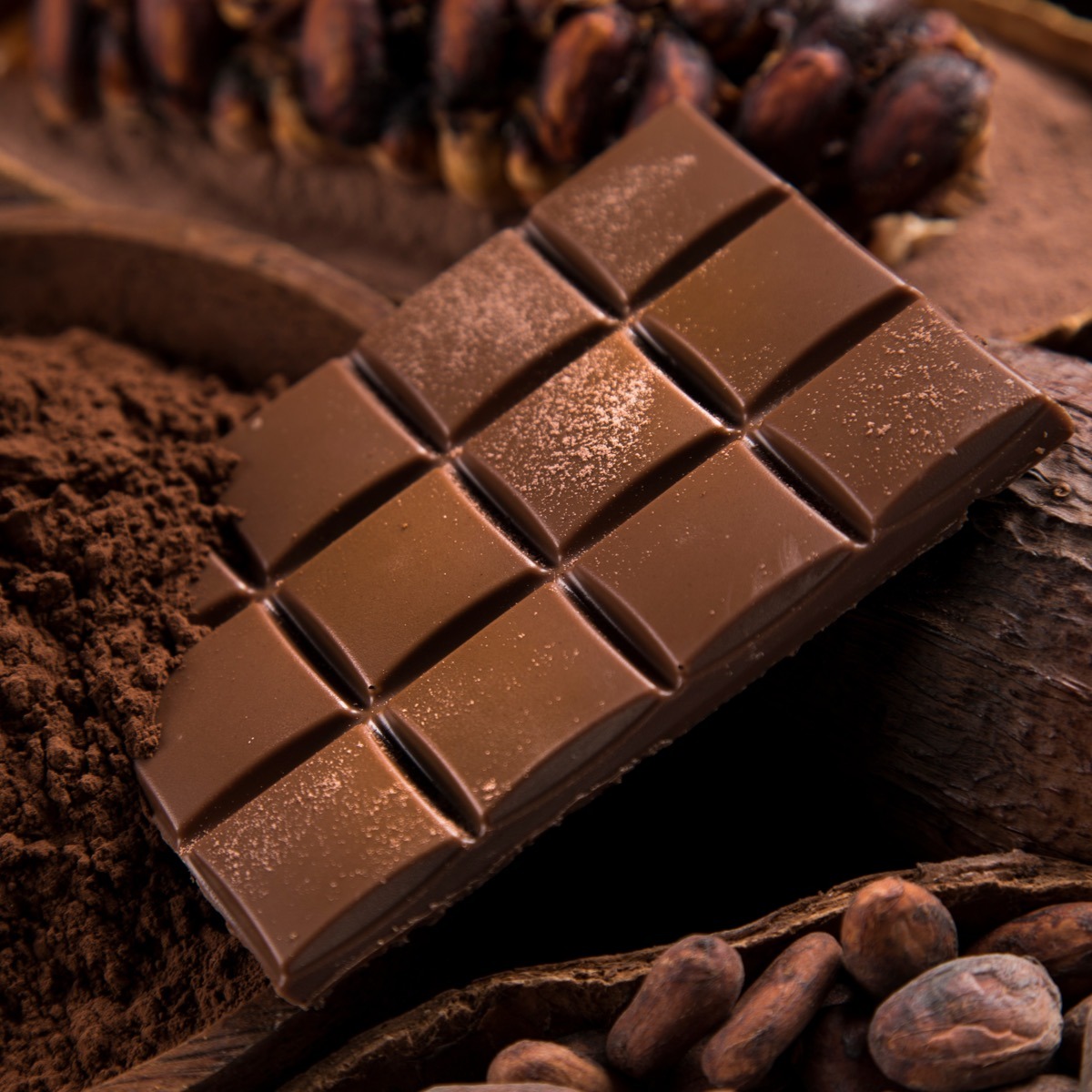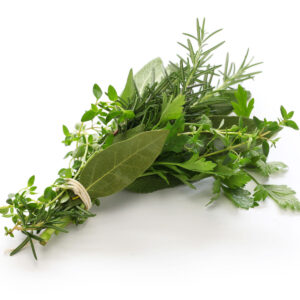The Ultimate Guide to Chocolate: From Bean to Bliss
Few ingredients capture the imagination and indulgence of taste like chocolate. From its ancient origins in Mesoamerica, where the Mayans and Aztecs revered it as a “food of the gods,” to its modern-day status as a global treat, chocolate has evolved into one of the world’s most beloved ingredients.
It can comfort, delight, and even create a sense of celebration in the simplest moments. In this post, I’ll explore the rich history of chocolate, how it goes from cacao bean to the smooth, velvety form we know today, and the variety of ways it can be enjoyed.
Whether you’re savoring a rich piece of dark chocolate, indulging in a decadent chocolate dessert, or experimenting with it in savory dishes, chocolate is hard to beat for its versatility.
I’ll also share tips on how to cook and bake with chocolate, what makes high-quality chocolate stand out, and how to appreciate the unique flavor profiles of different types. Get ready to embark on a journey that will deepen your love for chocolate—and maybe even inspire a new recipe or two!
Where Does It Come From
Chocolate is made from cocoa beans, which are grown inside pods on the cocoa tree. The first step in making chocolate is to harvest and open the pods, exposing the beans. The beans are allowed to ferment for about a week and then dried.
At this point, the beans are roasted. Roasting brings out their flavor and makes the husks easier to remove. After roasting, the beans are cracked into cocoa nibs (pieces generally no larger than 1/8″), and all the husks are separated. The nibs contain 53% cocoa butter and 47% cocoa solids.
The next step is to separate the cocoa butter from the solids. First, the nibs are ground until they form a thick paste (cocoa mass or chocolate liquor). Then, the paste is pressed so all the cocoa butter is “squeezed out.” What is left is 100% pure cocoa solids. When finely ground, the solids are sold as cocoa powder.
To make chocolate for eating and cooking, manufacturers combine unpressed chocolate liquor, extra cocoa butter, sugar, vanilla, and sometimes milk solids (only in the case of milk chocolate). This mixture is churned together and then refined to break down the different particles and make it very smooth.
After the refining process, the chocolate is conched. Conching is the process by which heavy rollers further grind and blend the chocolate, incorporating some air to help some of the more bitter compounds evaporate and breaking down the chocolate to a silky smoothness. Conching can take up to six days.
The last step in the process is tempering. Tempering is the repeated heating and cooling of the chocolate to specific temperatures. Tempering aims to force the different fats in cocoa butter to all setup and crystallize into a very stable form.
Properly tempered chocolate is very hard. It snaps when broken, melts slowly, and has a lovely sheen. The end result is an emulsion of very small dry chocolate particles suspended in a stable matrix of fat (cocoa butter).

Dark Chocolate
Since all chocolate is made following these steps, the differences between chocolates depend on the flavor profile of the beans used, the proportion of cocoa solids to sugar to cocoa butter, and the amount of refining and processing.
In the US, dark and milk are the two basic kinds of chocolate available. To be sold as dark chocolate, the candy must contain at least 35% chocolate (total amount of cocoa solids and cocoa butter). In the UK, it must contain at least 42% chocolate.
What About Milk Chocolate
Milk chocolate must contain 10% chocolate and 12% dairy. Technically, white chocolate is not chocolate at all because it contains no cocoa solids. It is generally made from cocoa butter, sugar, vanilla and milk solids.
In some less expensive chocolates, some or all of the cocoa butter is replaced by other more stable fats, usually palm, palm kernel, or coconut oil. These confections are known as coating chocolates or compound chocolates. Since these fats have a higher melting point than cocoa butter, chocolate made with them will not melt in your mouth the way that high-quality chocolate does. Plus, these coating chocolates do not need to be tempered.
The amount of sugar used to make dark chocolate is not really regulated; whether a manufacturer labels the chocolate semi-sweet or bittersweet is not dictated by the government (or any other body, for that matter).
As a result, one manufacturer might make a chocolate with 50% chocolate and call it semi-sweet, while another might label that same chocolate bittersweet. The difference between the two (when there is any) really matters is in the ratio of cocoa solids to sugars in a particular recipe.
Let’s say that, for the sake of argument, a recipe calls for 1 ounce of 64% semi-sweet chocolate. This means that .64 oz comprises cocoa solids and cocoa butter. The remaining .36 oz comprises sugar, vanilla, and perhaps an emulsifier (lecithin).
If all you have is 85% chocolate on hand, this means that 85% is chocolate, with only the remaining 15% made up of sugar, vanilla, and possibly lecithin. You can use the 85% chocolate, but as you can see, it will be more chocolaty and less sweet than the 64% chocolate.
In a recipe that calls for several ounces of a particular percentage of chocolate, you might have to increase the amount of sugar when substituting a higher percentage of chocolate. When substituting a lower percentage of chocolate (say, 50% for 70%), you might need to compensate by adding a little less sugar and maybe a little cocoa powder and butter.
I can only surmise that the author was going for a specific flavor profile as to why a particular recipe calls for a mixture of semi-sweet and bittersweet chocolate. Now, having said that, no two chocolates taste precisely the same, so unless they expressly call for specific brands and percentages, I would probably go ahead and use whatever I had on hand, not worrying too much about just a few percentage points.
Does Chocolate Really Taste Sweet?
If someone asked you “how does chocolate taste?” your first response might be, “Sweet.” Chocolate is not sweet at all. Did you ever try a nibble off the corner of one of your mom’s Baker’s Unsweetened Chocolate Squares?
Remember the face you made? 100% chocolate, containing nothing more than cocoa solids, cocoa butter and maybe some vanilla is one of the most bitter things you will ever put in your mouth.
While a Hershey’s milk chocolate bar might taste “sweet,” what you are really tasting is all of the sugars, both sucrose from the added sugar and lactose from the milk solids. Just remember, the higher the percentage of chocolate in the bar, the more chocolaty and the less sweet it will be.
Tomorrow I will post some examples of baking brownies with unsweetened chocolate and semisweet chocolate. You will see there is a vast difference between the two.















